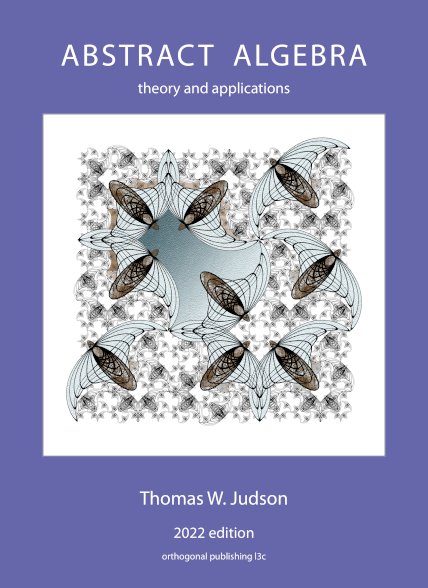Section 8.4 Efficient Decoding
We are now at the stage where we are able to generate linear codes that detect and correct errors fairly easily, but it is still a time-consuming process to decode a received
If
Proposition 8.36.
Let the
Proof.
The proof follows from the fact that
This proposition tells us that the syndrome of a received word depends solely on the error and not on the transmitted codeword. The proof of the following theorem follows immediately from Proposition 8.36 and from the fact that
Theorem 8.37.
Let
Example 8.38.
Consider the matrix
Hence,
Subsection Coset Decoding
We can use group theory to obtain another way of decoding messages. A linear code
Example 8.39.
The code consists of the codewords
Our task is to find out how knowing the cosets might help us to decode a message. Suppose that
Example 8.41.
In Table 8.40, notice that we have chosen a representative of the least possible weight for each coset. These representatives are coset leaders. Now suppose that
A potential problem with this method of decoding is that we might have to examine every coset for the received codeword. The following proposition gives a method of implementing coset decoding. It states that we can associate a syndrome with each coset; hence, we can make a table that designates a coset leader corresponding to each syndrome. Such a list is called a decoding table.
Proposition 8.43.
Let
Proof.
Two
Example 8.44.
Table 8.42 is a decoding table for the code
Examining the decoding table, we determine that the coset leader is
Given an

